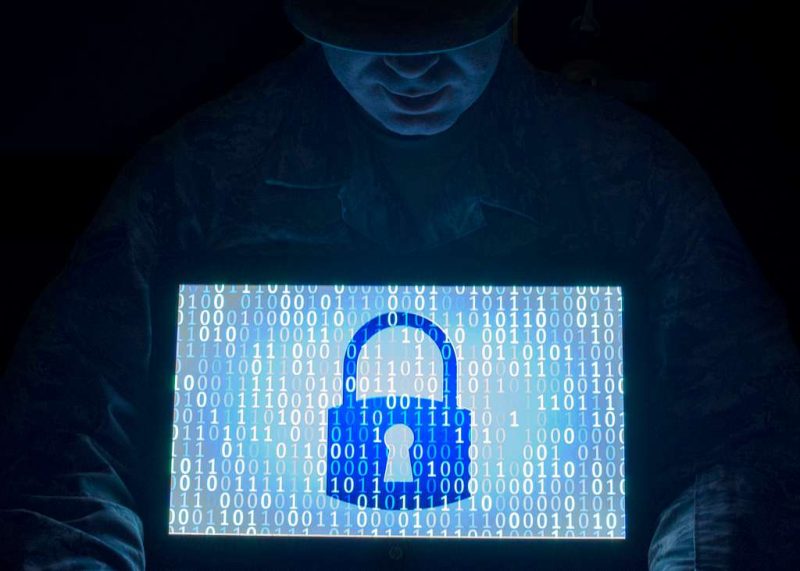In the face of relentless cyberattacks targeting critical U.S. entities and growing concerns regarding Chinese hacking endeavors, the Pentagon has initiated a substantial overhaul of its cybersecurity strategy. Recent high-profile cyber incidents attributed to Russia, China, and criminal networks have propelled the Defense Department into a new era of cyber warfare recognition, leading to a critical realization: going it alone is no longer a viable option.
Cyberattacks have expanded beyond the Pentagon’s traditional purview, infiltrating private companies and government agencies, often orchestrated by cybercriminals who have refined their tactics abroad before launching attacks on U.S. soil. In response to this evolving threat landscape, Pentagon leaders are now fostering collaboration with other federal agencies and the private sector to counter cyber threats against critical systems and elections. This shift in strategy was outlined in a newly released cybersecurity strategy, reflecting a more calibrated and realistic approach to cyber warfare.
Mieke Eoyang, Deputy Assistant Secretary for Cyber Policy at the Department of Defense, emphasized the importance of this approach, acknowledging the shortage of cybersecurity-trained personnel within the Department and the necessity of sharing crucial intelligence beyond its walls. However, this endeavor is not without risks, as a failure to effectively collaborate could leave the U.S. vulnerable to increasingly sophisticated digital adversaries.
Historically, the Pentagon’s Cyber Command focused on safeguarding U.S. military networks from cyberattacks. This narrow focus left other sectors vulnerable to infiltration, including civilian government agencies and private businesses, as highlighted by ransomware attacks that disrupted essential services and demanded hefty payments for their resolution.
Lt. Gen. Charlie Moore, former Deputy Commander of Cyber Command, characterized the old strategy as reactive and ill-prepared for proactive defense. However, in recent years, the surge in cyberattacks, notably the SolarWinds hack and the Colonial Pipeline ransomware attack, exposed the inadequacy of this reactive stance.
Gen. Paul Nakasone, head of the National Security Agency and Cyber Command, identified 2021 as the turning point when cybersecurity became a matter of national security. The Colonial Pipeline incident, in particular, underscored the need for the Department of Defense to assume a more active role in defending the nation against cyber threats.
The Biden administration has since strengthened collaboration with critical infrastructure owners and operators, focusing on enhancing security in sectors such as water, the electric grid, and oil and gas pipelines. To further this effort, the Pentagon is intensifying its partnerships with the private sector, which controls nearly 90% of critical U.S. networks, by providing resources and intelligence for self-defense.
Rather than relying solely on post-breach information sharing, the Pentagon now pledges actionable intelligence to aid companies in safeguarding their networks. Simultaneously, the Department is expanding joint cyber operations with allies, a significant shift from its previous focus on protecting its own networks abroad.
The strategy emphasizes increased cooperation with partners like Ukraine and vows to strengthen these relationships further. “Hunt forward” teams, which assess critical networks in allied nations for vulnerabilities, have been deployed since 2018, offering valuable insights into adversaries’ tactics and strategies.
China presents a unique challenge, with the strategy warning that the Chinese government likely intends to launch destructive cyberattacks against the U.S. Homeland. This assertion reflects a shift in the Pentagon’s public rhetoric regarding China’s cyber activities, signalling a more assertive stance.
The new strategy will face a crucial test during the upcoming U.S. presidential elections, with the creation of an “election security group” that includes personnel from the NSA and Cyber Command, as well as collaboration with foreign partners, the private sector, and academia.
Acknowledging resource limitations and recruitment challenges, Pentagon officials are pursuing institutional reforms. However, some experts argue that the creation of a dedicated Cyber Force, equivalent to branches like the Navy or Space Force, is imperative to effectively address the cyber threat landscape. While the Pentagon is taking steps to expand its definition of the defense industrial base, achieving these reforms without fundamental restructuring may prove challenging.
In an ever-evolving digital battleground, the Pentagon’s adaptive approach seeks to bolster national cybersecurity through collaboration and innovation, recognizing the critical need to defend against sophisticated cyber adversaries on multiple fronts.


